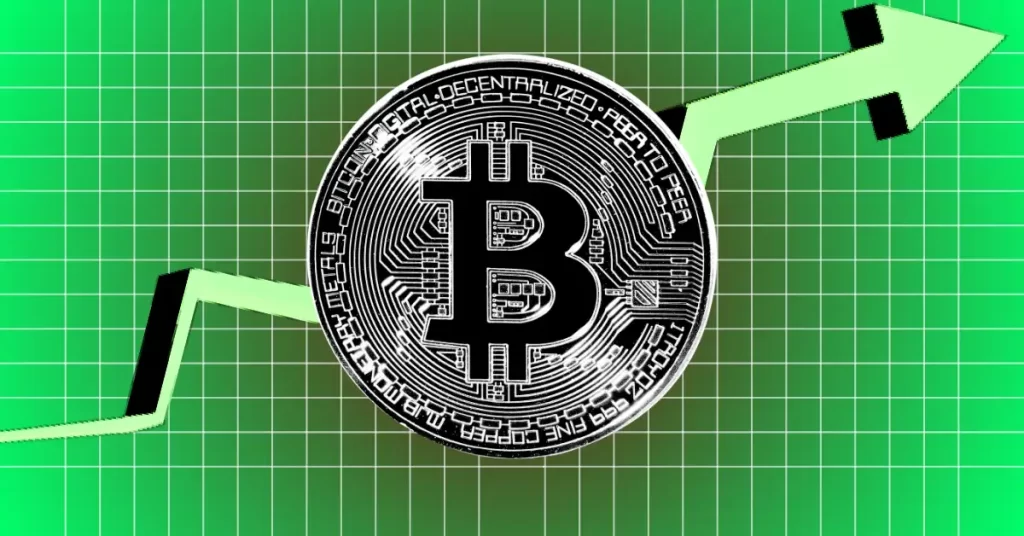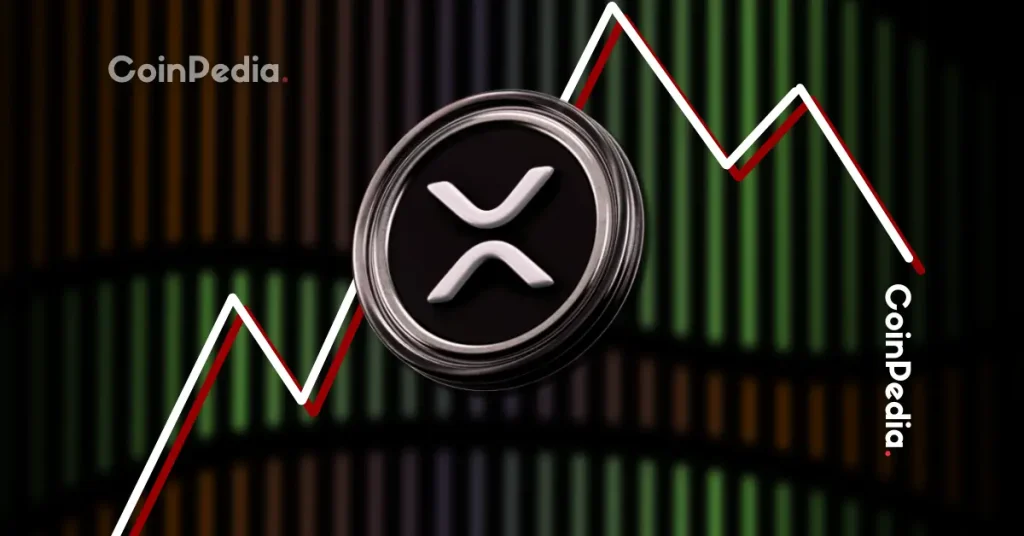Bitcoin appears to be entering a quieter phase of accumulation as selling pressure on exchanges eases, new data from on-chain analytics platform CryptoQuant shows.
The 30-day moving average of Bitcoin’s netflow on Binance has turned sharply negative in recent weeks, signaling that more BTC is leaving the platform than entering it.
According to CryptoQuant’s latest analysis, the sustained negative trend shows that investors are taking a holding position over selling, and this may not be unrelated to renewed acquisitions of BTC by institutional players and Saylor’s Strategy.
 Bitcoin exchange netflows on Binance. Source: CryptoQuant
Bitcoin exchange netflows on Binance. Source: CryptoQuantInvestors remove BTC from exchanges
The latest data comes over a week after the crypto market suffered a major correction, wiping nearly $19 billion in derivatives positions and briefly knocking Ethena Labs’ USDe stablecoin off its dollar peg.
CryptoQuant analysts pointed out that short-term sentiment remains fragile, even though the netflow trend paints a different picture. They noted how daily inflows and outflows can be noisy, but the 30-day average gives us a clearer view, adding that “The trend has been strongly negative, indicating accumulation.”
This pattern suggests that investors are rather holding their assets off exchanges rather than wholly exiting the market, a dynamic which, according to analysts, often precedes renewed upward momentum according to historical data.
The move aligns with a decline in on-exchange Bitcoin reserves, which have steadily fallen since the start of October.
 Funding rates signal on Binance. Source: CryptoQuant
Funding rates signal on Binance. Source: CryptoQuantDerivatives data hints at ‘disbelief’ phase
According to another CryptoQuant analysis, negative funding rates have persisted for six of the past seven days, hovering around -0.004%.
Funding rates reflect what traders pay to keep their futures positions open. When these rates turn negative, it means short sellers are footing the bill for long traders, a clear sign that the market is leaning bearish.
Analysts say this pattern often marks what’s known as the “phase of disbelief,” a period when traders remain doubtful that any recovery will last, even as prices start to find their footing.
This phase of disbelief usually comes after a major correction. After taking heavy losses, investors become wary and slow to re-enter the market. However, this same skepticism can become the spark for a rebound, as short sellers, betting on further declines, are forced to buy back their positions when prices begin to rise.
If the current pattern plays out, analysts believe the large number of shorts in the market could set off a short squeeze, pushing Bitcoin higher as positions get liquidated, as seen in the events that occurred in September 2024, where BTC dropped to $54,000 and then rebounded, moving past $100,000 for the first time. Also in 2025, BTC rallied from $85,000 to $113,000 and then went as high as $123,000.
Accumulation meets disbelief
While historical data shows that negative netflows often precede price rallies, they do not guarantee them. Macro factors, such as the kind that triggered the last crash, could influence how the trend translates into a sustained bull run.
 Bitcoin netflow across exchanges. Source: CryptoQuant
Bitcoin netflow across exchanges. Source: CryptoQuantFor now, though, the 30-day data suggests that the worst of the selling pressure may be over, and updated data on the platform now confirm that BTC is gradually rising in price, with coins now flowing into exchanges, as the data points out.
If Bitcoin continues to see coins flowing out of exchanges while short traders overextend themselves, the stage could be set for another leg higher, one that many skeptics might not see coming until it’s already underway.
As the CryptoQuant analysis concluded, “Daily noise doesn’t define the trend—the 30-day average does. And right now, that trend points toward accumulation.”
Sign up to Bybit and start trading with $30,050 in welcome gifts
















 English (US)
English (US)